
The name Janis Joplin echoes through the annals of rock and roll, a primal scream of soul and raw emotion that defined a generation. Her voice, a mezzo-soprano force of nature, could both shatter and soothe, making her one of the most iconic and successful performers of the 1960s. Yet, for all her electrifying stage presence and prodigious talent, her life was tragically cut short, adding her name to the infamous “27 Club” of rock legends who departed too soon, Jimi Hendrix having preceded her by a mere 16 days.
Her death on October 4, 1970, at just 27 years old, sent shockwaves through the music world, leaving behind a creatively pristine legacy and a chorus of unanswered questions. While the official narrative points to a heroin overdose, the circumstances surrounding her final moments have, for over half a century, fueled speculation, dissent, and an enduring quest for a deeper truth. It is a story not just of addiction and artistic brilliance, but of the persistent human need to understand the untold narratives behind a legend’s final curtain.
We embark on an in-depth investigation into the final act of Janis Joplin, peeling back the layers of official reports, personal recollections, and enduring mysteries. From the scene of her untimely demise to the voices of those who knew her intimately, we seek to illuminate the complexities and controversies that continue to surround the shocking truth behind the death of rock’s most unforgettable siren.
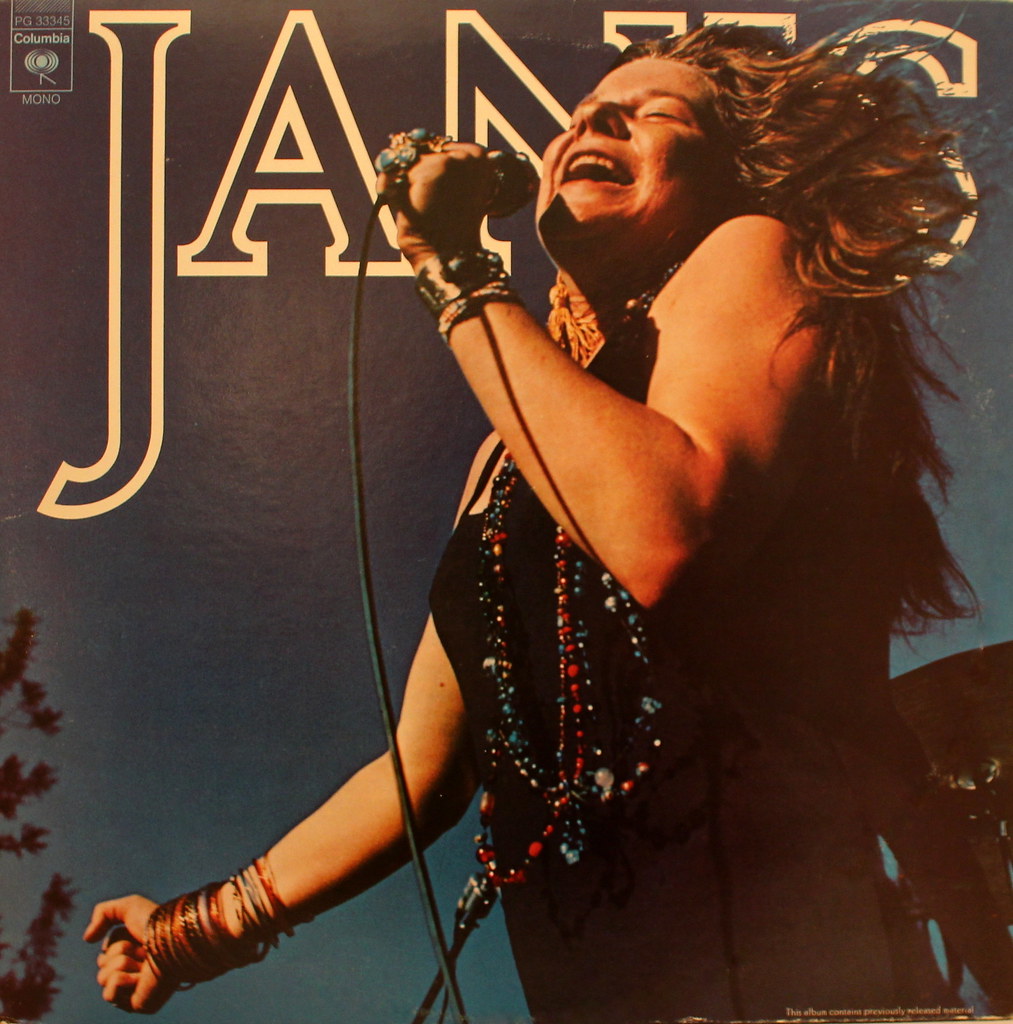
1. **The Official Verdict: A Heroin Overdose at 27**On October 4, 1970, the world lost Janis Joplin, with her death officially ruled a heroin overdose. This tragic pronouncement placed her squarely within the morbid fraternity of the “27 Club,” a cohort of talented performers who, like Jimi Hendrix just weeks before her, met their end at the tender age of 27. The swiftness of the ruling, while offering a seemingly clear explanation, would soon become a point of contention for those closest to the blues-rock icon, sowing seeds of doubt that persist to this day.
Los Angeles County coroner Thomas Noguchi concluded that Joplin’s death was the result of a heroin overdose, a lethal intake that was further compounded by alcohol. This official finding provided the framework for public understanding and etched the cause of death into historical records. It painted a picture of a star undone by her struggles with substance abuse, a narrative that, while tragically plausible given her known vices, failed to satisfy everyone in her inner circle.
For many, this official statement solidified the perception of Joplin as a casualty of the rock and roll lifestyle, a brilliant but troubled artist consumed by her demons. However, as with many sudden celebrity deaths, the simplicity of the coroner’s report belied a deeper complexity and left room for questions about the precise events of her final hours. The definitive nature of the overdose ruling, while closing the case for authorities, opened a new chapter of inquiry for those who felt the truth might be more nuanced.
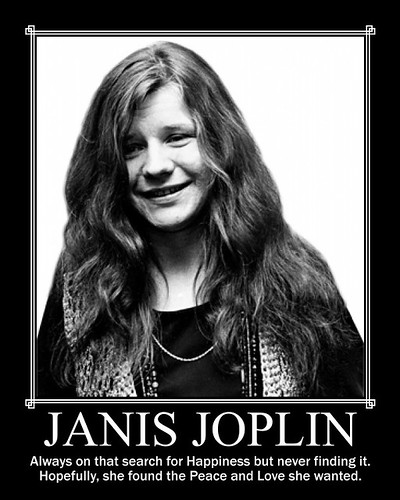
2. **The Scene of Death: Hollywood Hotel Room, October 4, 1970**The grim discovery of Janis Joplin’s lifeless body was made by her road manager, John Cooke, who had gone to her room at the Landmark Motor Hotel in Hollywood after she failed to show up for a recording session. Cooke, intending to rouse her and get her to the studio, instead encountered a scene that would forever be etched in his memory, signaling the tragic end of a vibrant life. His arrival was prompted by Joplin being late, a minor delay quickly transformed into a monumental loss.
Upon entering Room 105, Cooke found Joplin lying dead on her bed. The immediate details of the scene were stark: she was clutching cigarettes in one hand and money in the other. This seemingly mundane pose, frozen in the stillness of death, would later become a focal point of debate and an unsettling detail for those trying to piece together her final moments. It suggested a sudden, perhaps interrupted, action rather than a gradual decline.
Authorities, who arrived shortly after, noted the presence of bottles of alcohol and a syringe in the room. Crucially, however, no drugs were initially found at the scene. This absence of direct drug evidence at the outset raised eyebrows, leading to a later revelation by coroner Thomas Noguchi that the missing evidence had, in fact, been removed from the scene by one of Joplin’s friends. This friend reportedly returned the items only after realizing that Joplin’s drug use would inevitably show up in the toxicology report, adding a layer of complication and suspicion to the initial investigation.
Read more about: King of Cool: A Comprehensive Look at Dean Martin’s Enduring Legacy, Iconic Career, and Final Years

3. **Peggy Caserta’s Unconvinced Account: Doubts from a Friend**Among the most vocal dissenters from the official overdose narrative was Peggy Caserta, a close friend of Janis Joplin and, tellingly, an overdose survivor herself. Caserta’s perspective, detailed in her memoir, *I Ran Into Some Trouble*, provided a deeply personal and experienced counter-argument to the official findings. Her intimate knowledge of Joplin’s life, habits, and the physical realities of drug overdose led her to unwavering skepticism regarding the declared cause of death.
Caserta recalled arriving at the scene shortly after the police and witnessing her friend’s lifeless body firsthand. The tableau of Joplin, lying on the bed with cigarettes and change in hand, deeply troubled Caserta. Having personally experienced and survived drug overdoses, she vehemently asserted that the official narrative—that Joplin took a lethal dose of heroin, then proceeded to purchase cigarettes in the lobby downstairs, returned to her room, and died in bed—was simply not credible based on her own harrowing experiences. As she eloquently stated, when one overdoses, “You crumble to the floor. Like how they found Philip Seymour Hoffman.” This visceral comparison underscored her conviction that Joplin’s death scene did not align with the typical progression of a fatal overdose.
Decades later, Caserta’s conviction remained unshaken. After years of struggling with addiction and ultimately achieving sobriety, she reflected on the scene, stating, “For years it bothered me. How could she have overdosed and then walked out to the lobby and walked back?” Her unwavering belief, articulated with profound certainty, was that “something is wrong here” and that “she didn’t overdose.” This powerful testimony from a witness and fellow user casts a long shadow over the supposedly definitive conclusion, transforming a straightforward medical finding into an enduring mystery for those who knew Joplin best.
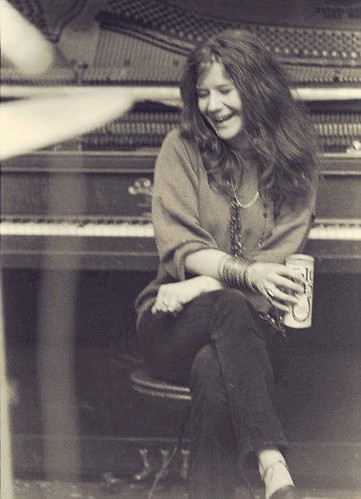
4. **The “Potent Batch” Theory and Its Rebuttal**Shortly after Janis Joplin’s death, rumors began to circulate rapidly: she had supposedly succumbed to an unusually potent batch of heroin. This theory, initially embraced by some close to Joplin, including road manager John Cooke, sought to explain the sudden and fatal nature of her overdose. It suggested an external factor—a drug of unforeseen strength—rather than merely an intentional or accidental higher dose, providing a narrative that some found easier to process in the wake of such a shocking loss.
The “potent batch” theory gained some traction from reports that other local users had purportedly overdosed from the same batch of heroin that very weekend. This seemed to lend credence to the idea that a particularly dangerous supply was circulating, making Joplin an unfortunate victim of circumstances beyond her control. The implication was that it wasn’t just Joplin’s usage, but the exceptional strength of the drug, that led to her demise, offering a collective explanation for a series of tragic incidents.
However, this theory was met with a swift and unequivocal rebuttal from Peggy Caserta, who had shared the same batch of heroin with Joplin not long before her death. Caserta, drawing on her extensive personal experience with drug use, found the notion of an “unusually potent batch” to be “absurd.” She pointed out a crucial detail often overlooked in such rumors: “there’s no gold standard” for heroin potency, making such a specific claim about a particular batch highly dubious in her eyes. Having used the identical supply herself without fatal consequences, Caserta’s testimony directly challenged and undermined this popular explanation, shifting the focus back to the dynamics of the overdose itself rather than an external, uncontrollable variable.

5. **The Trip and Fall: Caserta’s Alternative Hypothesis**In the face of the official overdose ruling and her skepticism towards the “potent batch” theory, Peggy Caserta posited a startlingly different explanation for Janis Joplin’s death: an accident, specifically a fall. This alternative hypothesis, detailed in her memoir, offered a concrete, if tragic, sequence of events that Caserta believed was far more plausible than the official narrative, aligning with the scene she witnessed and her understanding of how overdoses typically manifest.
Caserta’s theory centered on a specific detail of Joplin’s attire that night: the “tiny hourglass heel” on her sandal. She suggested that this heel likely got caught on the shaggy carpet in her hotel room. In this scenario, Joplin would have tripped, losing her balance in a moment of perhaps drug-induced disorientation or simply an unfortunate misstep. This seemingly minor incident, Caserta believed, could have set in motion a fatal chain of events in her compromised state.
The fall, according to Caserta, would have caused Joplin to break her nose on the nightstand. Subsequently, due to the injury and the effects of any drugs she might have consumed, Joplin would have dozed off. The tragic climax of this sequence would then be asphyxiation on her own blood, a grim end that Caserta found more consistent with the physical evidence and the position of Joplin’s body—lying on the bed with cigarettes and change—than a conscious return to bed after a lethal dose. Caserta’s unwavering conviction in this hypothesis is profound, stating, “I will go to my grave believing that. God knows I’ve been there several times,” underlining her deeply personal and enduring belief in this alternative truth.
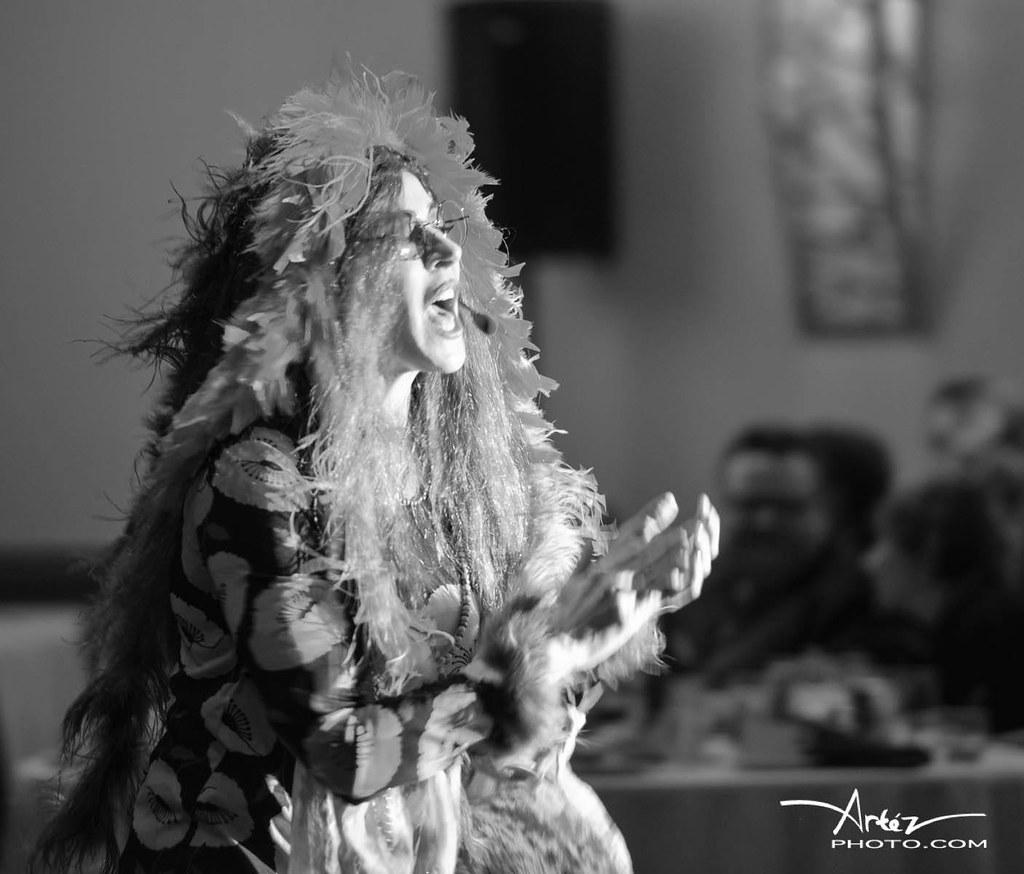
6. **Early Life and Outcast Beginnings: A Genesis in Blues**Janis Lyn Joplin was born on January 19, 1943, in Port Arthur, Texas, to Dorothy Bonita East, a registrar, and Seth Ward Joplin, an engineer. She was the eldest of three children, with younger siblings Laura and Michael. Despite her later image as a free-spirited rebel, her early life was marked by conventional family attendance at the First Christian Church, a stark contrast to the counterculture icon she would become.
Joplin’s childhood was far from idyllic. She grappled with being a social outcast, frequently ostracized and bullied in high school, where she was taunted with cruel names like “pig,” “freak,” and “creep.” She became overweight and suffered from severe acne, leaving her with deep scars that necessitated dermabrasion. It was during these formative, often painful, years that Joplin found solace and identity. She befriended a group of fellow outcasts, one of whom introduced her to blues artists like Bessie Smith, Ma Rainey, and Lead Belly, artists she would later credit as profound influences on her decision to become a singer. She famously declared, “I was a misfit. I read, I painted, I thought. I didn’t hate black people,” encapsulating her early alienation and independent spirit.
Driven by an unshakeable passion for singing, Joplin’s formal education took a backseat to her artistic calling. She attended Lamar State College of Technology and later the University of Texas at Austin (UT), though she ultimately did not complete her college studies. While at UT, she performed with a folk trio called the Waller Creek Boys, showcasing her powerful mezzo-soprano vocals and earning a profile in the campus newspaper, The Daily Texan, in 1962, headlined “She Dares to Be Different.” The article painted a vivid picture of her unconventional nature: “She goes barefooted when she feels like it, wears Levi’s to class because they’re more comfortable, and carries her Autoharp with her everywhere she goes so that in case she gets the urge to break into song, it will be handy.” This early defiance was a prelude to her eventual departure from Texas in January 1963, hitchhiking to San Francisco with friend Chet Helms, determined to chase her musical dreams and escape a restrictive environment where, as she put it, her “head was in a much different place.”
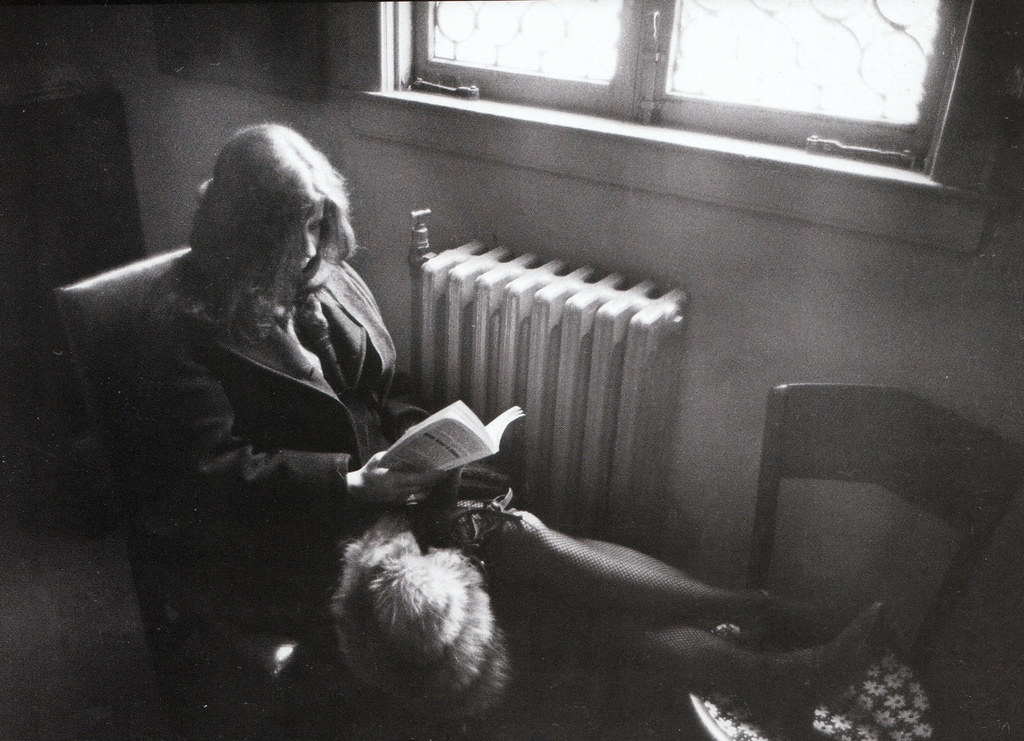
7. **The Monterey Pop Breakthrough: A Star is Born**Janis Joplin’s trajectory from an alienated Texas youth to a global icon began with an electrifying performance that would forever alter the course of rock music. It was at the 1967 Monterey Pop Festival that Joplin, then the lead singer of the relatively unknown San Francisco psychedelic rock band Big Brother and the Holding Company, truly arrived. Her raw, unbridled energy and mezzo-soprano vocals captivated audiences and critics alike, marking her as an undeniable force.
Clive Davis, the astute president of Columbia Records, vividly recalled this pivotal moment, noting that it ‘made me intensely aware and excited about the new and future direction of music.’ Joplin’s performance was more than just a musical set; it was a visceral experience, a primal scream that articulated the collective desires and anxieties of a generation. She was only 24 years old at the time, yet she commanded the stage with the seasoned prowess of a blues matriarch, leaving an indelible impression on everyone present.
This breakthrough at Monterey propelled Big Brother and the Holding Company into the national spotlight, culminating in their debut studio album being re-released by Columbia Records with ‘featuring Janis Joplin’ prominently displayed on the cover. Their subsequent album, *Cheap Thrills*, produced popular hits like ‘Piece of My Heart’ and ‘Summertime,’ songs that would become synonymous with Joplin’s fierce vocal delivery. The success of these records, coupled with the premiere of the *Monterey Pop* documentary film, solidified her status as a bona fide star, demonstrating the seismic impact of her talent on the music landscape.
Read more about: Marilyn Monroe: Unpacking the Life, Career, and Enduring Iconography of a Hollywood Legend at 81
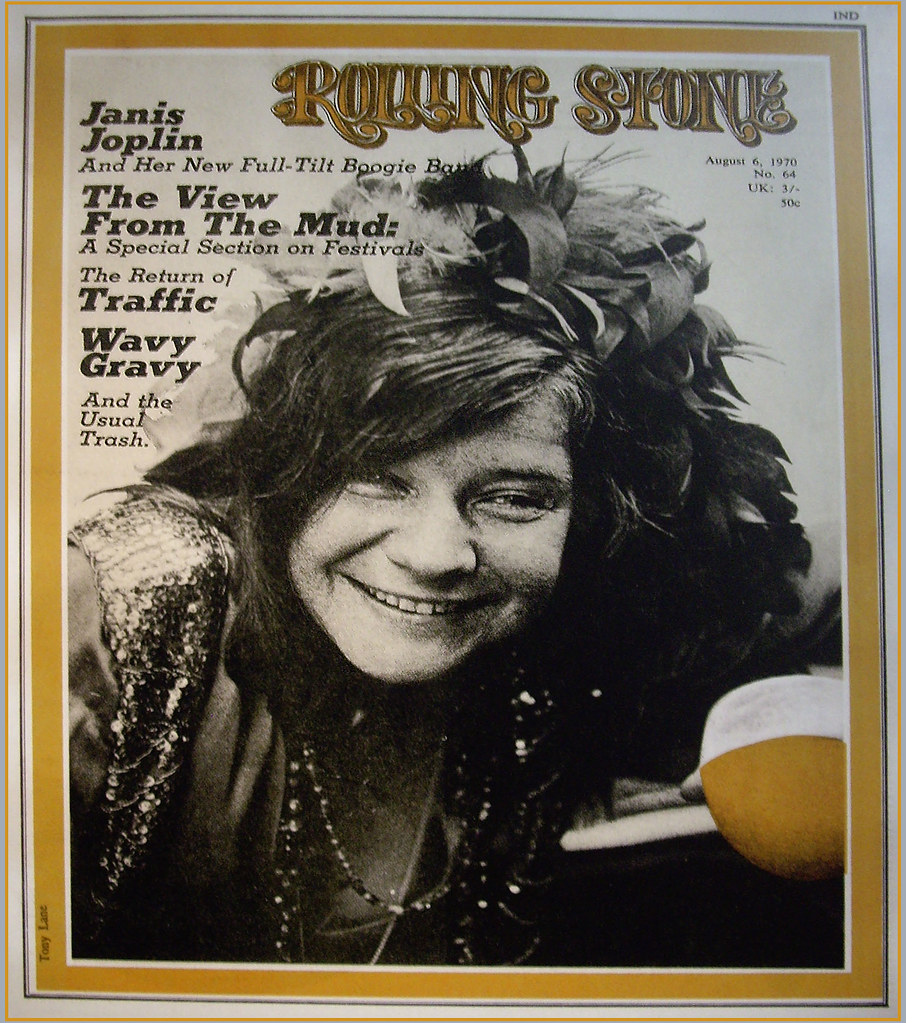
8. **Fame’s Double-Edged Sword: Escalating Addiction**While her ascent to stardom was meteoric, it also cast a long shadow over Janis Joplin’s personal life, exacerbating the very vices she had wrestled with since her early days. As her fame grew, so too did her formidable habits, which included a heavy reliance on drinking and methamphetamine, alongside casual use of psychedelics. Ultimately, these pathways led her to heroin, a drug that would eventually claim her life.
Her friend Peggy Caserta, whom Joplin met in 1965 while browsing her hippie clothing store in Haight-Ashbury, observed this trajectory firsthand. They quickly became fast friends, sharing not only camaraderie but also their struggles with addiction. Caserta candidly recalled Joplin as ‘fun and outspoken and uninhibited,’ noting her appeal to many women who saw in Janis a reflection of their own unconventional beauty and spirit.
Concert promoter and close friend Bill Graham offered a poignant insight into the destructive nature of Joplin’s newfound celebrity. He believed that her self-destruction was, in part, a tragic consequence of fame. Graham noted that while she possessed ‘a tremendous amount of assurance when she got it all together onstage,’ offstage, she appeared ‘very frightened, very timid and naive about a lot of things,’ struggling to navigate the complexities of success. He speculated, ‘I don’t think [she] ever knew how to handle success. I think it created problems for Janis,’ underscoring the immense pressure that fame placed upon her fragile psyche.
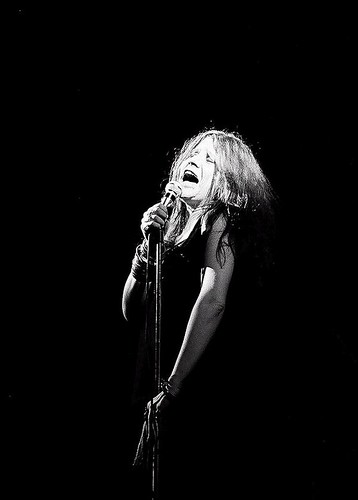
9. **The Shifting Sound: From Big Brother to Kozmic Blues**Driven by an evolving artistic vision and the desire for more creative control, Janis Joplin made the difficult decision to depart from Big Brother and the Holding Company. This marked a significant turning point in her career, as she sought to explore new musical directions, particularly influenced by the Stax-Volt rhythm and blues and soul bands of the 1960s, drawing inspiration from legends like Otis Redding. The break-up of the band, however, was not without its turbulence, occurring at the end of 1969, following their final gig with Joplin at Madison Square Garden.
In her pursuit of a fresh sound, Joplin formed the Kozmic Blues Band, a new backup group comprised of session musicians and former Big Brother guitarist Sam Andrew, along with Brad Campbell on bass. This ensemble allowed her to delve deeper into her blues and soul roots, creating a more sophisticated, horn-inflected sound. The shift was ambitious, showcasing her versatility and desire to transcend the psychedelic rock label that had defined her early career.
The Kozmic Blues album, released in September 1969, was certified gold, yet it struggled to replicate the monumental success of *Cheap Thrills*. Critical reception was decidedly mixed, with some reviewers, like Ralph J. Gleason of the San Francisco Chronicle, deeming the new band a ‘drag’ and advising Joplin to return to Big Brother. However, others, such as Carl Bernstein of The Washington Post, celebrated her new direction, praising her for assembling ‘first-rate musicians whose abilities complement the incredible range of her voice.’ Despite the divided opinions, the album contained hits like ‘Try (Just a Little Bit Harder)’ and ‘To Love Somebody,’ reaching number five on the Billboard 200, proving Joplin’s enduring artistic power even amidst musical transitions.
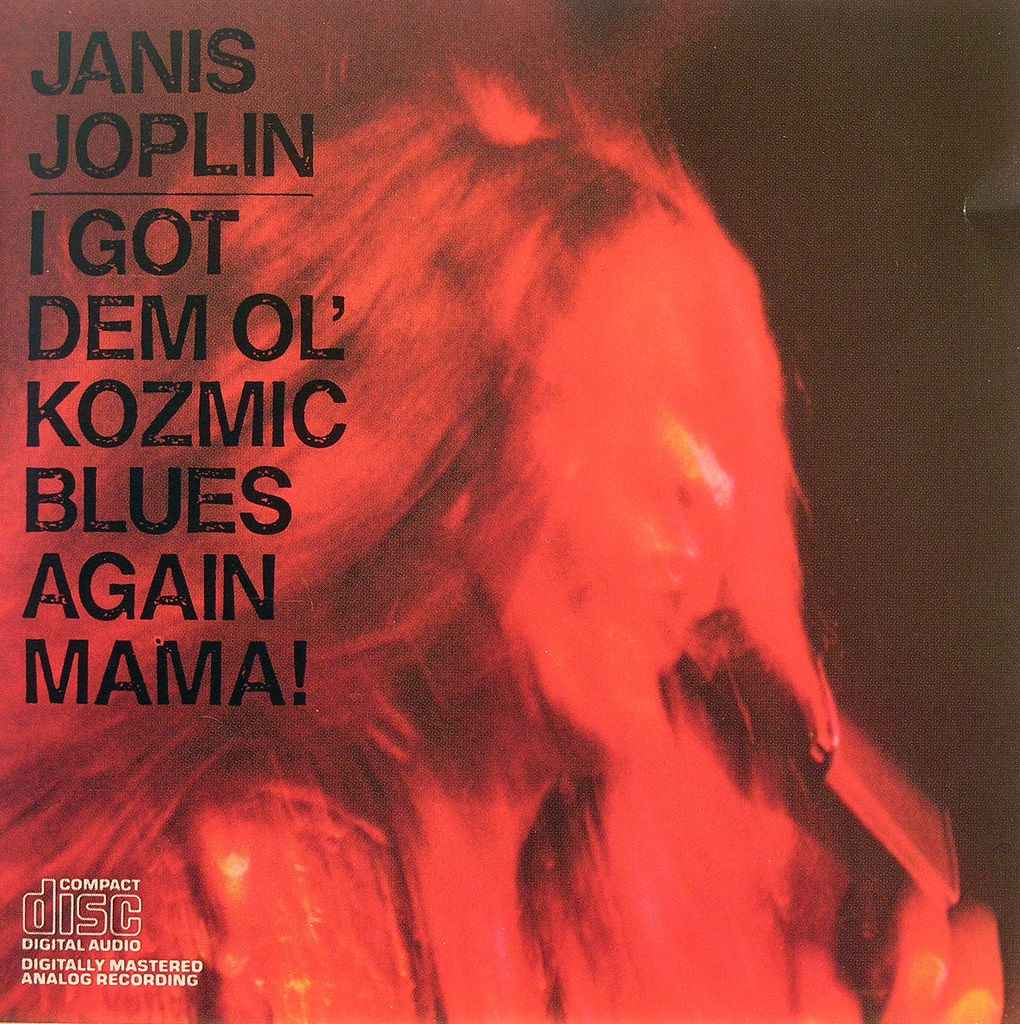
10. **Woodstock’s Raw Reality: A Triumphant Struggle**Janis Joplin’s appearance at the legendary Woodstock Festival on August 17, 1969, stands as one of her most iconic performances, yet it was also a deeply challenging and revealing moment. Arriving by helicopter with Joan Baez and her mother, Joplin initially exuded an eager excitement that quickly transformed into nervousness upon witnessing the colossal crowd below. This potent mix of anticipation and anxiety set the stage for a physically and emotionally demanding experience.
Contractual obligations meant Joplin and her band faced a grueling ten-hour wait backstage, a period she largely spent battling her inner demons. During this extended delay, she engaged in heavy drinking and heroin use with Peggy Caserta in a tent, an act that underscores the immense pressures and vulnerabilities she faced as a performer. Despite these profound struggles, when she finally took the stage around 2:00 a.m., Joplin pulled through with remarkable resilience, frequently interacting with the audience and asking if they were ‘staying stoned.’
Her performance was met with roaring cheers, prompting an encore of ‘Ball and Chain.’ Pete Townshend of The Who, who performed later that morning, acknowledged her raw power, noting, ‘She had been amazing at Monterey, but tonight she wasn’t at her best, due, probably, to the long delay, and probably, too, to the amount of booze and heroin she’d consumed while she waited. But even Janis on an off-night was incredible.’ Joplin herself was ultimately dissatisfied with her performance, insisting that her singing not be included in the original *Woodstock* documentary or soundtrack, a testament to her exacting standards even in moments of perceived triumph. This performance, nonetheless, cemented her place in rock history, showcasing her raw talent even amidst her personal battles.

11. **A Fleeting Hope: Brazil and the Relapse**In February 1970, a glimmer of hope for sobriety emerged when Janis Joplin embarked on a trip to Brazil. This vacation provided a much-needed respite from the relentless pressures of touring and the destructive cycle of addiction that had consumed her. During her time in Brazil, Joplin, accompanied by her friend Linda Gravenites, successfully ceased her drug and alcohol use, seemingly finding a temporary haven of peace and well-being.
Her period of sobriety was further brightened by a romance with David Niehaus, a fellow American tourist she met during her travels. Biographer Ellis Amburn noted that Niehaus was not involved in drugs, which made him a positive influence during Joplin’s attempt to get clean. Photographs of the couple at the Rio Carnival depict a ‘carefree, happy, healthy young couple having a tremendously good time,’ suggesting a genuine period of joy and stability in her often tumultuous life.
However, the reprieve was tragically short-lived. Upon her return to the United States, Joplin succumbed to her old habits, resuming heroin use. Her relationship with Niehaus quickly unraveled, compounded by his witnessing her drug use and her refusal to take time off to travel the world with him. Furthermore, her ongoing romantic involvement with Peggy Caserta, who was also an intravenous addict, complicated her journey towards lasting sobriety, pulling her back into the very lifestyle she had briefly escaped.

12. **The Full Tilt Boogie & Pearl: A Final Creative Burst**Following the dissolution of the Kozmic Blues Band and her fleeting attempt at sobriety in Brazil, Janis Joplin channeled her creative energy into forming a new ensemble: the Full Tilt Boogie Band. This time, she took a far more active role in its formation, selecting young Canadian musicians and shaping its sound, famously declaring, ‘It’s my band. Finally it’s my band!’ This renewed sense of ownership marked a period of artistic rejuvenation, with the band quickly garnering positive feedback from both critics and her devoted fanbase.
The Full Tilt Boogie Band embarked on a nationwide tour in May 1970, delivering performances that showcased Joplin’s reinvigorated passion. It was during this intensely creative period, just prior to her death, that she made some of her most poignant and enduring recordings. Among these was ‘Mercedes Benz,’ a spontaneous, acapella composition co-written with Bob Neuwirth, which would become one of her signature tracks and a powerful satirical statement on materialism.
The culmination of this final creative burst was the album *Pearl*, released posthumously in January 1971, merely three months after her tragic passing. *Pearl* soared to number one on the Billboard 200, a testament to its raw honesty and artistic brilliance, and featured other iconic songs like ‘Cry Baby.’ In a touching tribute to her musical hero, Joplin also ensured a tombstone was erected at Bessie Smith’s previously unmarked grave in August 1970, demonstrating her profound respect for the blues tradition that fueled her own singular voice. *Pearl* cemented her legacy, offering the world a final, glorious testament to her unparalleled talent.
As we reflect on Janis Joplin’s journey, from her outcast beginnings in Port Arthur to her undeniable reign as rock’s most electrifying voice, the complexities of her life and death remain starkly evident. Her story is not merely one of addiction and tragedy, but of immense talent, relentless striving, and an unwavering commitment to authentic self-expression. While the precise circumstances of her final moments continue to inspire debate, what cannot be contested is the power of her voice—a voice that, even half a century later, continues to shatter, soothe, and resonate with a raw, undeniable truth, forever echoing through the annals of music history. Her legacy, enshrined in the Rock and Roll Hall of Fame and celebrated through countless accolades, transcends the mournful shadows of the ’27 Club,’ firmly establishing her as an immortal force whose impact on culture remains as vital and electric as her performances once were. The truth, perhaps, is not just in how she died, but in how she lived, and how her spirit continues to live on through every note she sang.



